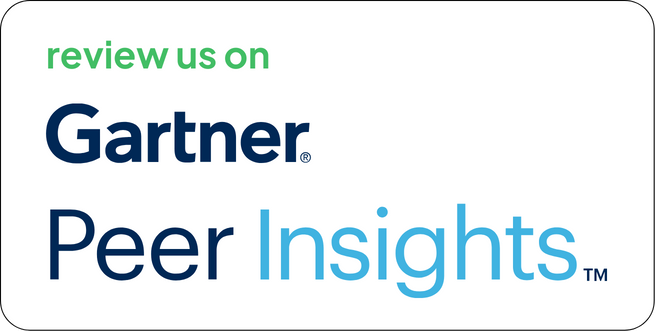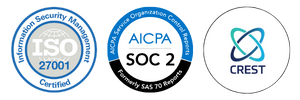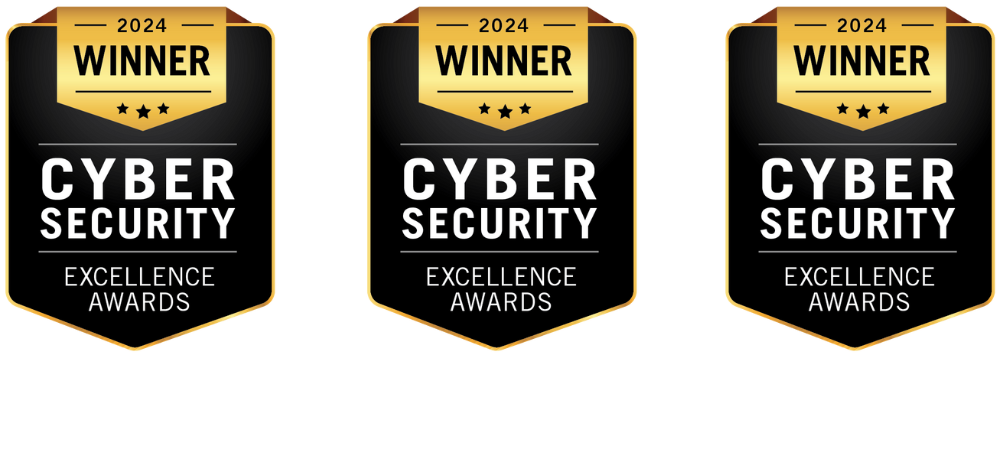Security teams often start with a solid scanner like Nessus, but the complexity begins after the scan ends. Nessus generates comprehensive results CVE tags, plugin outputs, and affected systems, but converting that into prioritized, ticketed, and resolved vulnerabilities still remains a high-friction process.
Strobes solves that. As a part of its Continuous Threat Exposure Management (CTEM) platform, Strobes connects Nessus scan output with risk prioritization logic and remediation workflows like Jira. The result is a streamlined loop, from detection to fix, with minimal overhead.
Let’s break down the full workflow, what it solves, and why it matters.
What is Nessus?
Nessus by Tenable is one of the industry’s most widely deployed vulnerability assessment tools. It supports scanning for:
- OS-level misconfigurations
- Known vulnerabilities across services
- Compliance gaps (CIS, PCI-DSS, etc.)
- Missing patches and software flaws
Its core strengths include:
- Deep plugin database updated weekly
- Lightweight agent or agentless options
- Configurable scan policies for different environments
- Flexible integrations with asset inventories
But like most scanners, Nessus stops at identification. It doesn’t handle:
- Risk contextualization
- Cross-tool deduplication
- Business-priority mapping
- Workflow orchestration for remediation
That’s the gap Nessus Integration with Strobes addresses.
What is Strobes?
Strobes is a CTEM platform built to move security programs from issue detection to resolution with minimal waste. It brings together:
- Risk-Based Vulnerability Management (RBVM)
- Application Security Posture Management (ASPM)
- Pentesting-as-a-Service (PTaaS)
- Attack Surface Management (ASM)
Rather than replacing scanners like Nessus, Strobes acts as the control plane. It:
- Ingests data from scanners (Nessus, Qualys, Burp Suite, etc.)
- Normalizes and deduplicates findings
- Prioritizes based on exploitability, asset sensitivity, and threat intelligence
- Creates tickets and validates fixes via integrations with Jira, ServiceNow, etc.
Why Integrate Nessus with Strobes?
Nessus Integration with Strobes is built for teams who:
- Use Nessus for internal and external scanning
- Experience overload from repetitive or unfiltered scan data
- Need a consistent and trackable remediation process
- Want to shift from manual triage to scalable ticketing automation
What the Integration Actually Does
Let’s unpack the workflow in five clear stages:
1. Ingesting Nessus Scan Data
Strobes connects to the Nessus API (for Professional, Tenable.io, or Tenable.sc) and securely pulls scan results.
Imported data includes:
- Host details (IP address, hostname, OS, asset tags)
- Vulnerability metadata (Plugin ID, CVE, CVSS, summary, references)
- Detection context (scan date, first/last seen, status)
The sync can be triggered manually or set to run periodically (e.g., daily or weekly), based on the scan cadence.
2. Normalization and Deduplication
Once imported, raw Nessus findings are normalized into Strobes’ internal schema. This enables cross-tool correlation and duplicate suppression.
Strobes processes findings to:
- Collapse recurring Plugin IDs across scans
- Flag repeated CVEs across tools (e.g., Nessus + InsightVM)
- Mark resolved issues when not detected in subsequent scans
This eliminates unnecessary duplication in Jira queues and prioritization dashboards, reducing noise by up to 60%.
3. Context-Aware Risk Prioritization
Traditional Nessus output relies heavily on CVSS base scores. Strobes adds business context and real-world threat data to create an adaptive risk score.
Factors used in prioritization include:
- Exploit intelligence: Is the CVE weaponized? Is it being actively used?
- Asset exposure: Is the host public-facing, cloud-based, or internal only?
- Asset sensitivity: Is it tagged as “Finance,” “Production,” or “Compliance-critical”?
- Historical recurrence: Was this issue reported and fixed before?
This allows teams to avoid chasing low-impact alerts and focus on vulnerabilities that are both likely and impactful.
4. Automated Ticket Creation in Jira
Once findings are prioritized, Strobes pushes them to Jira using pre-built automation rules.
Ticket creation logic includes:
- Trigger: Severity = High, Exploit = True, Tag = Production
- Action: Create Jira Bug in Security Project, assign to Infra Team
- Metadata: Include plugin description, CVE details, remediation link, asset owner
Tickets are auto-labeled, assigned based on team mappings, and tracked by SLA timers. Fixes can be verified either via re-scan or manual closure, and Strobes syncs resolution back to the original finding.
5. Centralized Dashboards and SLA Reporting
Strobes pulls all this activity into unified dashboards. These reports serve multiple stakeholders:
- Security teams see risk heatmaps, asset exposure, open vs. resolved issues
- Engineering leads track pending tickets and SLA breaches
- Executives view summary dashboards showing risk reduction over time
- GRC teams export compliance-aligned evidence (e.g., ISO 27001, PCI)
No more spreadsheets. No context switching. Just one platform showing the full lifecycle from detection to closure.
Why Nessus Integration with Strobes Works
| Challenge | Solution in This Workflow |
| Duplicate findings across scans | De-duplicated and correlated across assets/tools |
| Flat CVSS-based prioritization | Enriched with exploit data, asset value, and exposure context |
| Manual ticketing processes | Automated Jira ticket creation, assignment, and SLA tracking |
| Disconnected reporting | Unified dashboards across security, IT, and compliance teams |
| No feedback loop on remediation | Syncs fix validation and updates issue state in real time |
Who This Helps
This workflow is ideal for:
- Large enterprises with multiple Nessus deployments
- Security teams focused on risk-driven remediation
- IT and DevOps teams that require automated ticketing pipelines
- Organizations under compliance mandates needing traceable workflows
Final Thoughts
Nessus is exceptional at identifying vulnerabilities. But raw detection is just the start. Strobes adds the missing pieces, risk scoring, deduplication, automation, and reporting.
The result: faster remediation, clearer prioritization, and better alignment between security and engineering.Want to watch this workflow in action?
Contact with our solutions team and see how Strobes makes Nessus scans operationally useful.





